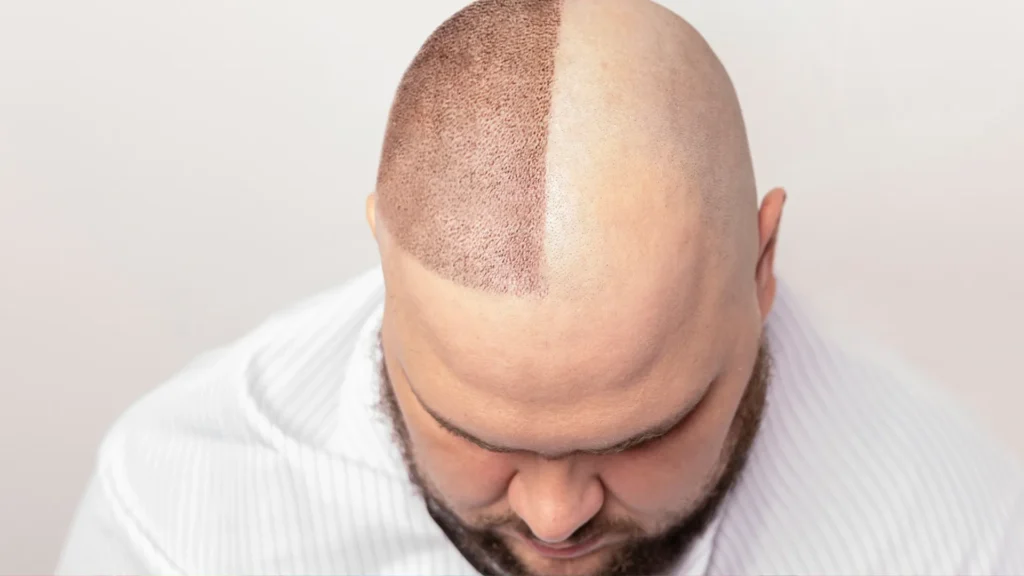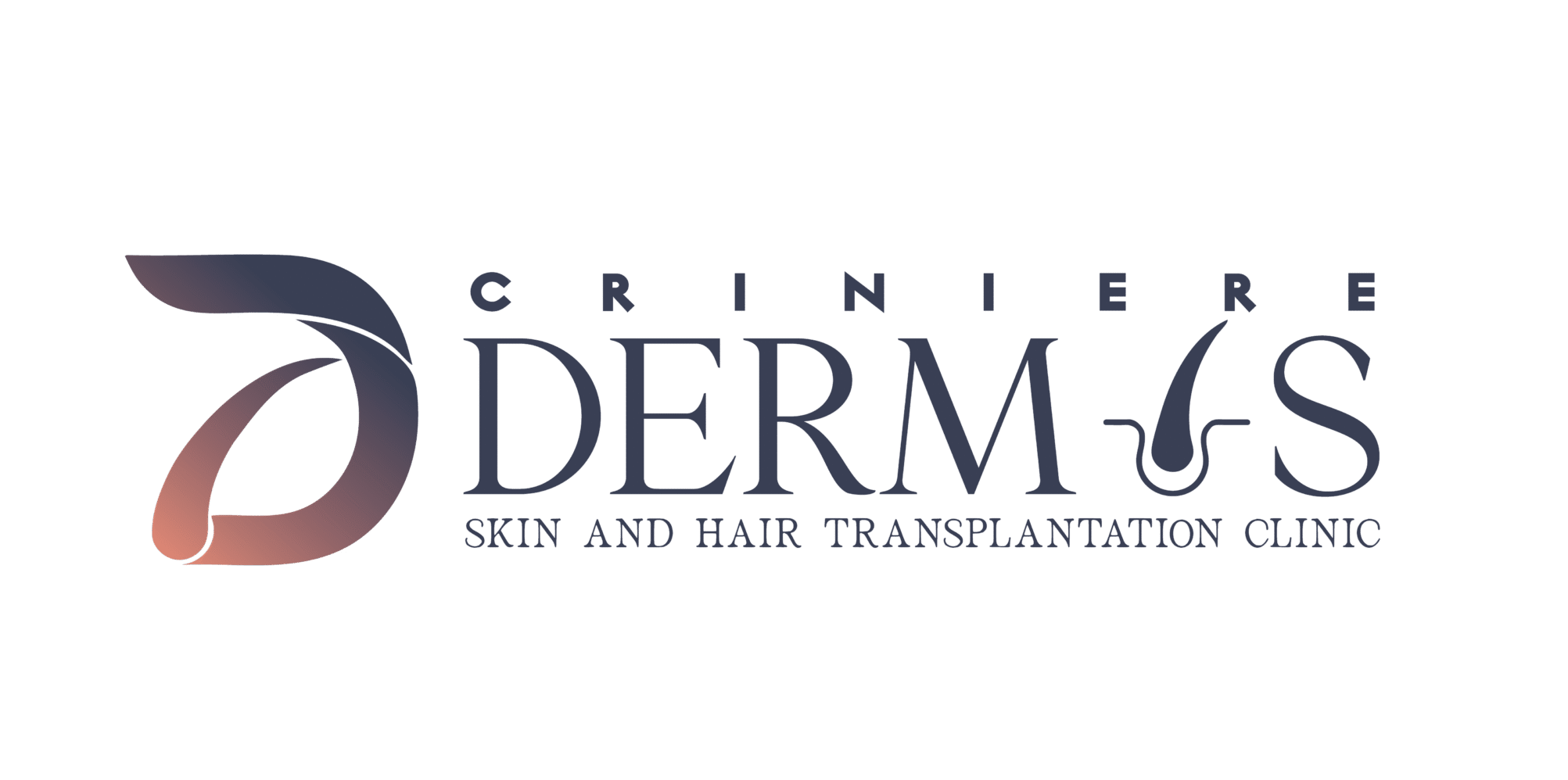Hair loss affects people differently some notice a slowly receding hairline, others see thinning across the crown, while a few experience patchy baldness. Because every pattern of hair loss is unique, the choice of hair transplant technique should also be tailored. At Dermis Hair & Skin, our specialists design treatment plans that match your condition, goals, and lifestyle. Here’s how to understand which technique may be right for you.
Step 1: Identify Your Hair Loss Pattern
The first step is understanding how your hair is falling out.
- Early recession: Only temples or hairline corners are affected.
- Crown thinning: Circular bald spot or reduced density at the back.
- Diffuse thinning: Hair is present everywhere but much weaker.
- Advanced baldness: Large areas with little to no hair growth.
Knowing your stage of hair loss helps determine the number of grafts, donor hair requirements, and which transplant method can give long-lasting, natural-looking results.

Step 2: Get to Know the Main Techniques
FUE (Follicular Unit Extraction)
Hair follicles are removed one by one and implanted into the balding area.
- Why choose it? Minimal scarring, quick recovery, suitable for short hairstyles.
- Best for: Mild to moderate baldness, reshaping hairlines, patients wanting discreet procedures.
FUT (Follicular Unit Transplant / Strip Method)
A strip of scalp is harvested and dissected into grafts.
- Why choose it? Allows higher graft numbers in one session, cost-effective for large areas.
- Best for: Advanced baldness when maximum coverage is needed.
DHI (Direct Hair Implantation)
Uses an implanter pen for direct placement of follicles.
- Why choose it? Precise angle control, natural density, excellent for delicate hairline design.
- Best for: Patients seeking refined results, especially at the frontal hairline or small patches.
Step 3: Factors That Influence the Right Choice
- Donor Hair Quality – Dense, healthy donor areas allow more flexibility.
- Scalp Condition – FUT requires scalp laxity, while FUE suits tighter scalps.
- Style Preferences – Short hairstyles are better with FUE or DHI due to minimal scarring.
- Budget & Recovery – FUT is often cost-effective for large grafts; FUE/DHI offer faster recovery.
- Future Planning – A well-planned transplant considers ongoing hair loss to preserve donor supply.
Step 4: Matching Techniques to Patterns
- Receding hairline: FUE or DHI for natural front hairline restoration.
- Crown baldness: FUT or combined methods for maximum coverage.
- Patchy or eyebrow loss: DHI for accuracy in angle and density.
- Diffuse thinning: FUE to spread grafts evenly without visible scars.
Step 5: The Importance of Expert Consultation
Even if you know the techniques, the final decision should come from a trained specialist. At Dermis Hair & Skin, our team:
- Examines your hair loss stage with advanced diagnostic tools.
- Evaluates donor area strength and scalp health.
- Designs a customized hairline that looks natural.
- Guides you on aftercare and long-term planning to maintain results.
Conclusion
Choosing the right hair transplant technique is about more than just technology it’s about matching the method to your unique hair loss pattern, lifestyle, and goals. Whether it’s FUE, FUT, or DHI, our experts at Dermis Hair & Skin ensure that every procedure is safe, effective, and delivers results that boost your confidence.
